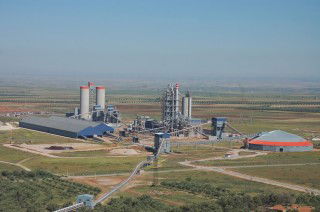More than a year has passed since President Rodrigo R Duterte took office in the Philippines and the country’s cement market continues to see strong growth. However, incumbents face challenges in the form of increasing imports and new entrants. Additional capacity is needed as key players fight to retain their market share. By Manas Tamotia, LEK Consulting, Singapore.
Despite a contentious political backdrop, the Philippine economy continues to show strong growth, expanding at an annualised rate of 6.9 per cent in the 3Q17. This was higher than consensus expectations by economists and made it one of Asia’s best-performing economies, just behind Vietnam but slightly ahead of China. Overall real GDP growth in 2017 is expected to be 6.6 per cent, according to the IMF. The Philippines is projected to be in the top 20-largest economies globally by 2050.
